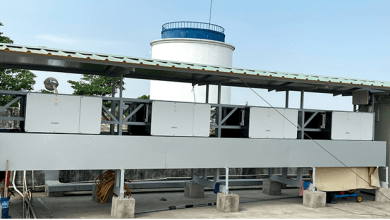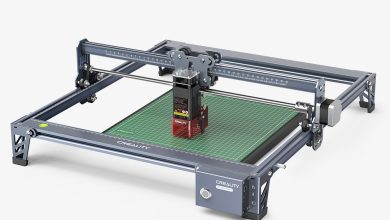Beyond Expectations: ChatGPT Empowers Users with Revolutionary Image-Generation Tools

In the rapidly evolving landscape of artificial intelligence, OpenAI’s ChatGPT has continually pushed the boundaries of what is possible. Renowned for its natural language processing capabilities, ChatGPT has recently expanded its repertoire to include image generation—a development that has captured the attention of creators, artists, and technologists worldwide.
Introduction to ChatGPT’s Image-Generation Tools
ChatGPT’s foray into image generation marks a significant milestone in the field of AI. With its roots in text-based tasks, such as language modelling and conversation generation, the integration of image-generation capabilities represents a leap forward in the convergence of various AI modalities.
Powered by deep learning algorithms and vast datasets, ChatGPT’s image-generation tools harness the same underlying principles that have propelled its success in natural language processing. By leveraging techniques such as generative adversarial networks (GANs) and transformers, ChatGPT can synthesize visually appealing and contextually relevant images based on textual input.
Understanding the Technology Behind ChatGPT’s Image Generation
At the heart of ChatGPT’s image-generation capabilities lies a sophisticated neural network architecture. By employing transformer-based models, ChatGPT is equipped to understand and interpret textual prompts, transforming them into coherent visual representations.
The process begins with the user providing a textual description or prompt to ChatGPT. Drawing from its vast knowledge base and understanding of language semantics, ChatGPT generates a latent representation of the input text. This latent representation serves as the foundation for image synthesis, guiding the subsequent generation of visual content, for example, AI-generated vampires.
Through iterative refinement and optimization, ChatGPT refines its image-generation process, ensuring that the output aligns with the user’s intent and captures the essence of the provided prompt. By dynamically adjusting various parameters and leveraging feedback mechanisms, ChatGPT continuously improves its ability to generate high-quality images that exceed user expectations.
Applications of ChatGPT’s Image-Generation Tools
The versatility of ChatGPT’s image-generation tools lends itself to a myriad of applications across diverse domains. From creative endeavours to practical use cases, the potential impact of this technology is far-reaching and multifaceted.
- Creative Expression: Artists and designers can leverage ChatGPT’s image-generation capabilities to explore new creative avenues and bring their ideas to life. By providing textual prompts that describe desired visual concepts or scenes, creators can use ChatGPT as a collaborative tool to generate initial sketches or inspiration for their projects.
- Content Creation: Content creators and marketers can streamline their workflow by utilizing ChatGPT to generate custom images for digital assets such as blog posts, social media posts, and marketing materials. By generating visually engaging graphics that complement their written content, creators can enhance the overall impact and appeal of their messaging.
- Prototyping and Design: In the realm of product design and prototyping, ChatGPT’s image-generation tools offer a valuable resource for quickly visualizing concepts and iterating on design iterations. Designers can input textual descriptions of product features or specifications like creating Snoop Dogg AI images, allowing ChatGPT to generate corresponding visual representations that aid in the development process.
- Accessibility and Inclusivity: ChatGPT’s image-generation capabilities have the potential to improve accessibility and inclusivity in various contexts. For individuals with visual impairments, text-based descriptions can be translated into tangible visualizations, enabling greater comprehension and engagement with digital content.
- Educational Resources: Educators and instructional designers can leverage ChatGPT’s image-generation tools to create custom visual aids and educational materials. By generating illustrations and diagrams based on textual input, educators can enhance the effectiveness of their teaching materials and cater to diverse learning styles.
Conclusion
In conclusion, ChatGPT’s integration of image-generation tools represents a significant advancement in the field of artificial intelligence. By combining its expertise in natural language processing with cutting-edge image synthesis techniques, ChatGPT empowers users to effortlessly create and customize visual content with unprecedented ease and precision.
As the technology continues to evolve and mature, the potential applications of ChatGPT’s image-generation tools are limited only by the bounds of the imagination. From artistic endeavours to practical solutions, the transformative impact of this technology promises to reshape the way we interact with and perceive visual media, ushering in a new era of creativity and innovation.





